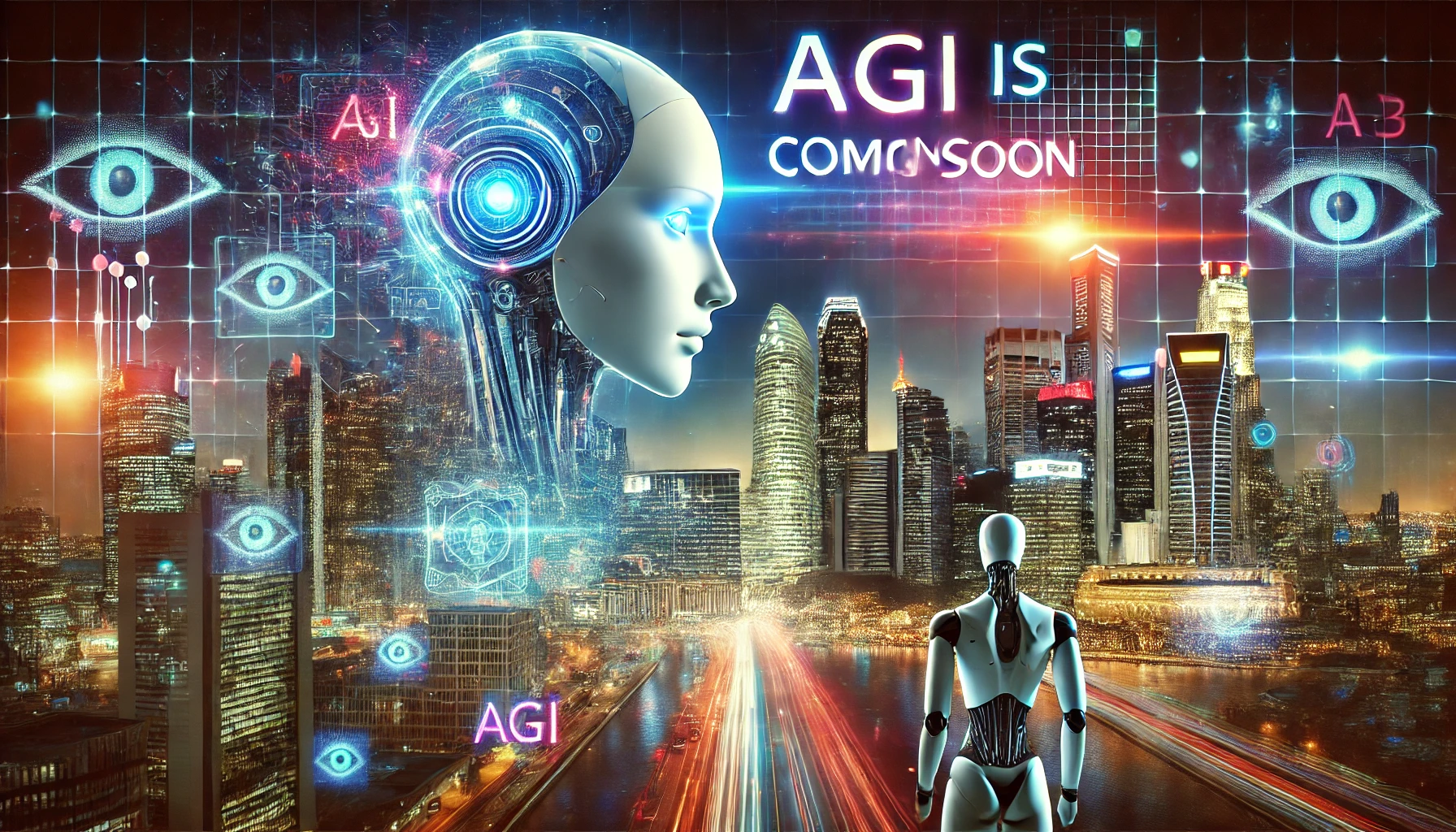Food safety and quality are critical to public health and global trade. With the rise of advanced technologies, artificial general intelligence (AGI) holds immense potential to revolutionize how we ensure the safety and quality of our food supply. Here’s how AGI can contribute significantly to this essential sector:
1. Advanced Food Safety Monitoring
AGI can process vast datasets from diverse sources, such as production lines, supply chains, and environmental monitoring systems. By integrating real-time data, AGI can:
- Detect contaminants like pathogens or chemicals using sensor data and laboratory reports.
- Predict potential outbreaks or safety issues before they occur.
- Analyze trends to identify recurring safety challenges.
2. Improving Traceability in the Supply Chain
Food supply chains are becoming increasingly complex, often involving multiple countries and processes. AGI can:
- Monitor and log each stage of the food supply chain with unparalleled accuracy.
- Identify sources of contamination quickly and efficiently during recalls.
- Ensure compliance with food safety standards across international borders.
3. Enhancing Quality Control
AGI-driven systems can automate quality checks, ensuring consistency and adherence to standards. This includes:
- Using computer vision to identify defects in products (e.g., discoloration, size variations).
- Employing predictive analytics to assess shelf life and optimal storage conditions.
- Customizing food production to meet specific dietary needs or preferences.
4. Predictive Maintenance of Equipment
A significant contributor to food safety risks is equipment failure. AGI can:
- Predict equipment malfunctions through machine learning models trained on historical performance data.
- Schedule timely maintenance to prevent contamination risks.
- Optimize production efficiency without compromising safety standards.
5. Rapid Response to Foodborne Illnesses
AGI can play a pivotal role in managing foodborne illness outbreaks by:
- Rapidly analyzing patient data and identifying common food sources.
- Communicating with health agencies and manufacturers to issue targeted recalls.
- Simulating the spread of contamination to contain risks effectively.
6. Empowering Consumer Awareness
AGI-powered tools can provide consumers with insights into the food they consume. For example:
- Mobile apps that use AGI to scan and evaluate product safety through labels or QR codes.
- Personalized dietary advice based on individual health conditions and preferences.
- Transparent supply chain data, allowing consumers to make informed choices.
7. Promoting Sustainability
AGI can also contribute to sustainable food production by:
- Reducing food waste through better inventory and supply chain management.
- Optimizing agricultural practices to minimize environmental impact.
- Encouraging the use of alternative protein sources and sustainable packaging.
Challenges and Considerations
While AGI offers transformative potential, its implementation in food safety and quality is not without challenges:
- Data Privacy and Security: Ensuring sensitive data is handled ethically and securely.
- Accessibility: Making AGI technologies affordable and accessible for small and medium-sized enterprises.
- Regulatory Compliance: Aligning AGI solutions with global and local food safety regulations.
Conclusion
AGI represents a paradigm shift in how we approach food safety and quality. By harnessing its capabilities, we can create a safer, more transparent, and efficient food ecosystem that benefits consumers, manufacturers, and regulators alike. The integration of AGI into this critical sector is not just an opportunity—it is an imperative for a healthier, safer, and more sustainable future.
[SEO optimized]



Wow nice articles